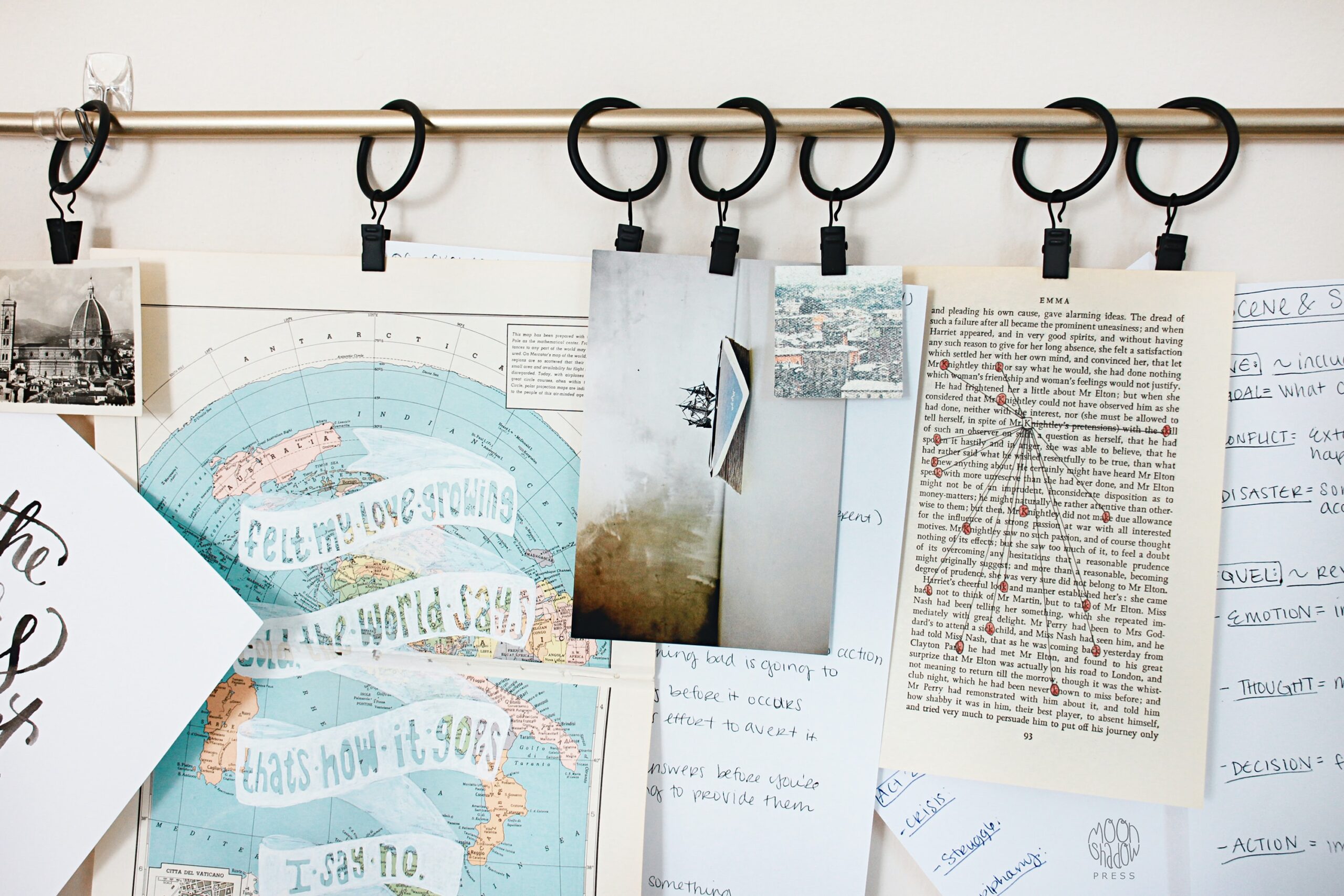
Body + Mind is reader-supported. We may earn an affiliate commission when you buy through some of the links on our site.
Whether you have a new creative project or goals you want to achieve, creating a physical, visual reminder, like a mood board, can help you focus and work towards your desired outcome. A mood board is an excellent way to express your plans, ideas, and aspirations.
If you’re interested in having a tangible outline for your project, this strategy can help you get your creative juices flowing. Read on to learn how to make a mood board.
A mood board is a visual representation and tool for expressing your ideas and concepts at the start of a project. Individuals often create collages with various elements and examples they want to emulate.
Common mood board components include:
You can arrange the elements in any way that best suits your vision and understanding.
You can make a mood board in two ways — physically or digitally. The process you choose depends on your needs, preferences, and the time you’re willing to spend making your board.
Physical mood boards are a classic way to craft. Individuals who prefer this method often use foam or poster boards as the base. You can layer and paste images and words you gathered from magazines or other print media to create your vision.
If you don’t want permanent features or know you will make changes, you could use a corkboard or metal frame to clip your initial ideas.
Digital mood boards have the same concept as physical boards but don’t require the same time or effort to gather supplies. You can use images you find on the Internet to make the board. Many online platforms, like Pinterest and Canva, offer ways to organize and create your boards quickly.
Mood boards offer creatives inspiration and flexibility when starting a new project. You can start with one vision, then add or subtract elements as you work and find new items to incorporate.
Follow these three simple steps to create your first mood board.
Before you can start the process of creating, you must have a goal and theme. If you’re making a board for a new project at work, consider the outcome your company wants. Most projects have a general outline or specifications that you need to meet for approval.
Brainstorm the details, colors, styles, materials, and keywords or feelings you want to emulate in your final product. The ideas and themes you create will become the basis for your mood board.
Once you have a concept for your mood board, you can start searching for and gathering your materials. Whether you create your board digitally or physically, you can start by taking inspiration from your favorite brands, industries, and trends.
Find images and other elements to help express your mood board’s theme. When making a physical mood board, you can make piles of your magazine clippings, fabric and color swatches, and more before assembling your board.
With digital mood boards, you can organize your findings in a folder on your computer or another electronic device.
Now that you have all your materials, you can begin curating your board. Choose the images, examples, and samples that best coincide with and reflect your vision. Mood boards are known for their cohesiveness, so ensure you include elements that work well together.
You can arrange each piece on your board according to your style and logic, whether it includes layering different elements, organizing the details into sections, or both.
After completing your project, you can keep your mood board as a reference while working on your project or use it as part of your pitch to clients. You’ll have all your inspiration and ideas in a single place, and your audience will appreciate your attention to detail and inclusion of stylistic elements.